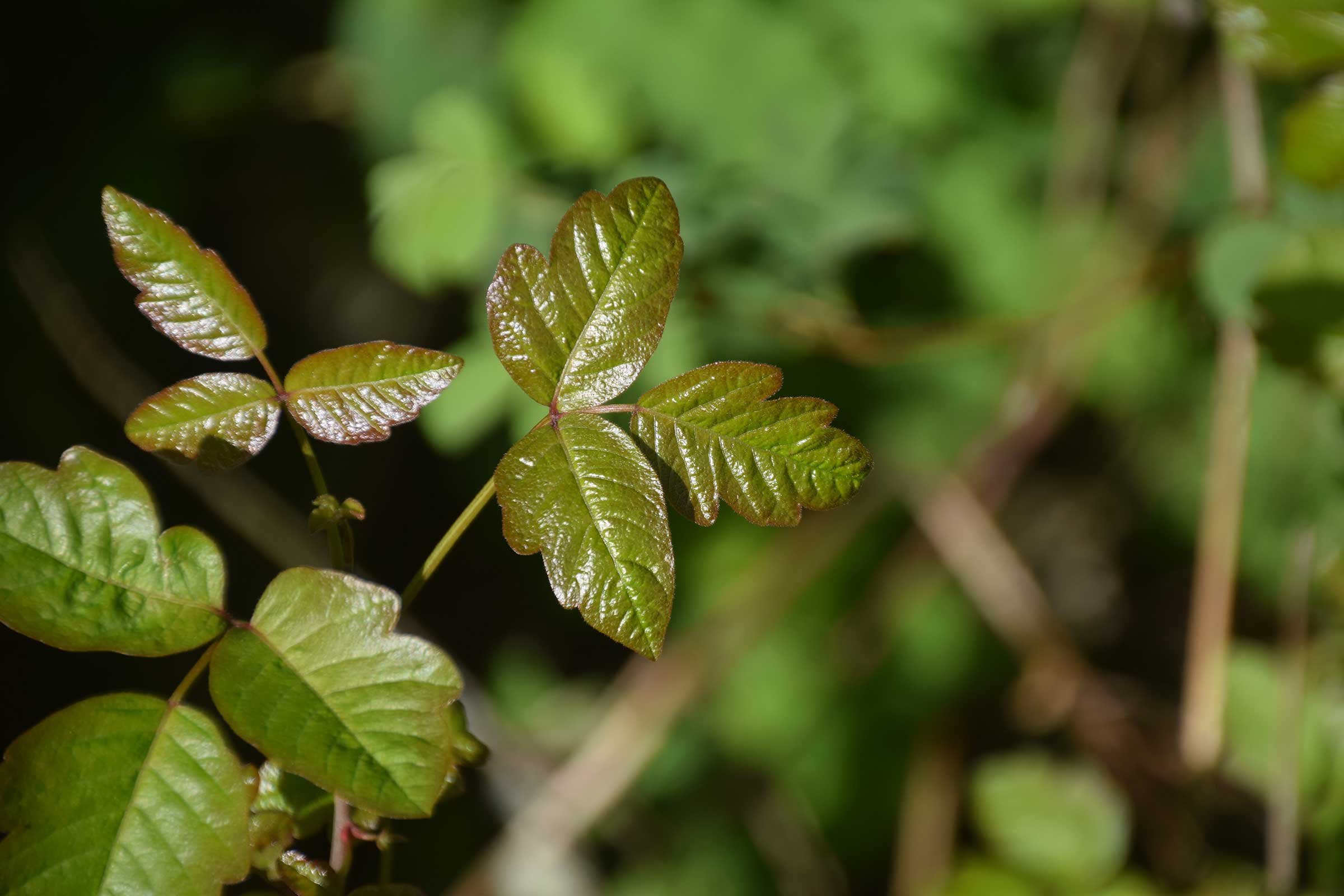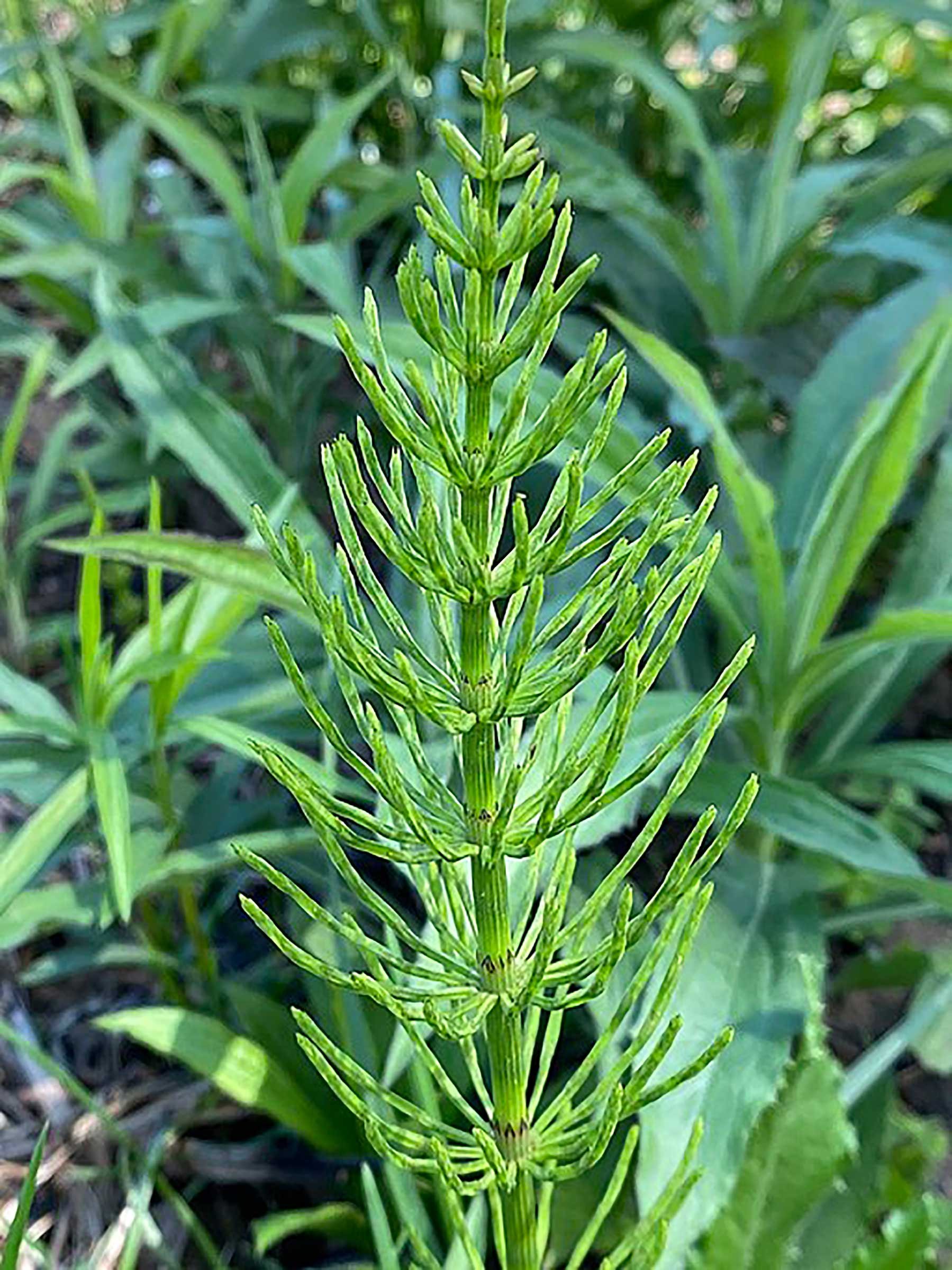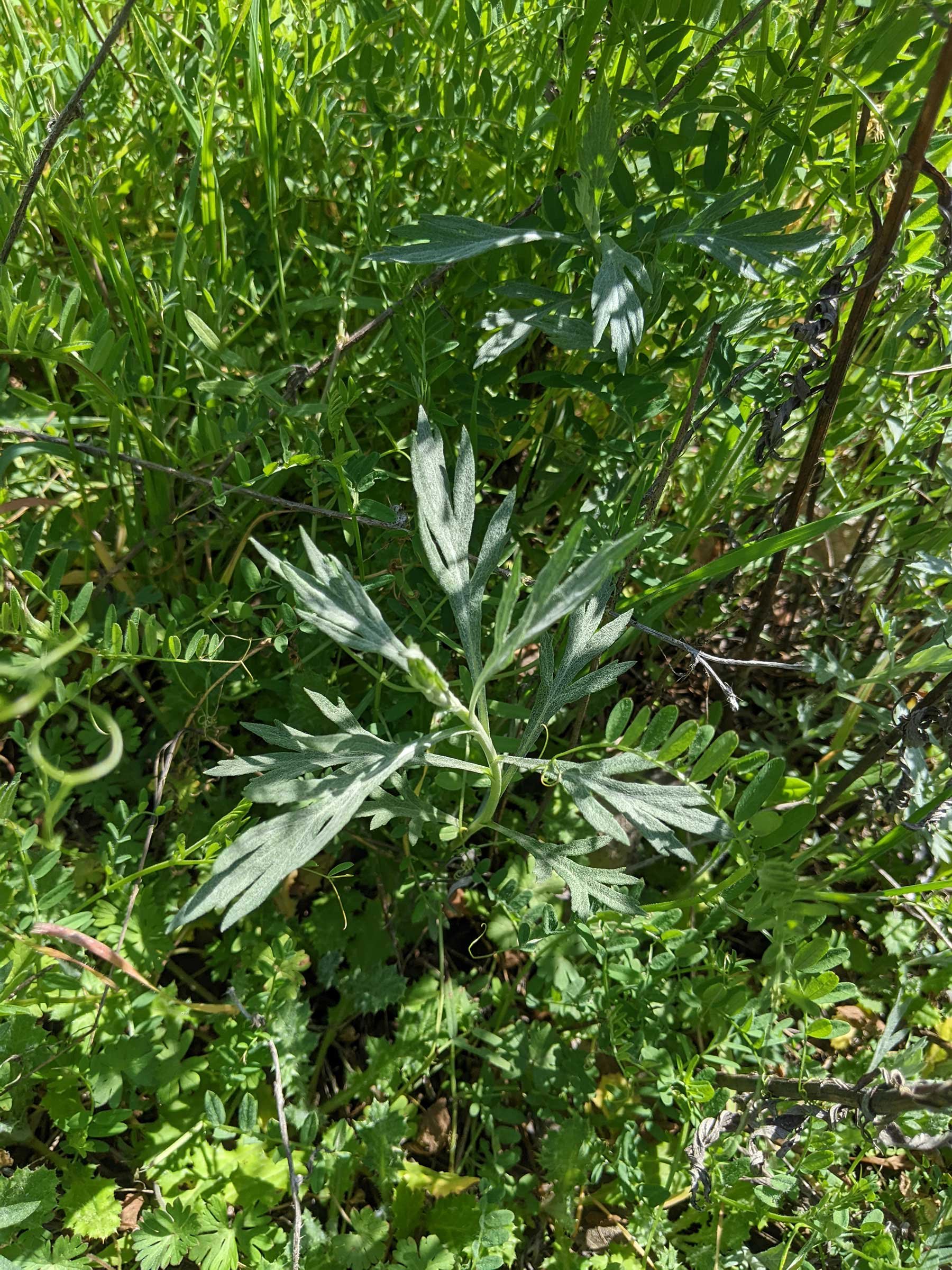Soothing the Divine Itch

A Natural Remedy for Poison Oak
by Lisa Ludwigsen
It’s safe to say that anyone enjoying Northern California’s inspiring natural world is in proximity to poison oak. It can be a tricky and seductively beautiful plant. And some of us are sadly familiar with the divine itch that comes from poison oak contact. Accepting the fact that we must resist the urge to scratch that itch turns some people into philosophers; it can drive others to the brink of insanity. Patiently waiting for the rash to move through the stages of emerging irritation to gooey mess to finally fully healed is a great equalizer. Time heals all, as they say. It just takes a while.
The cause of the rash is an oil, urushiol, which coats all parts of the plant—leaves, stems, and fruit. In its summer glory, proudly sporting shiny, multicolored leaves on woody stems, poison oak easily blends with similar native plants like blackberries, scrub oak, wild rose, Virginia creeper, and wild grape. In winter, the delicate white berries hang on bare branches and beg to be included in a winter kitchen table flower bouquet. In poison oak country, always proceed with caution and know your plants!
The best way to avoid poison oak is to learn to identify the deciduous woody shrub, which looks distinctly different in each season. Poison oak usually has three ovate (egg-shaped) leaflets grouped together along the woody stem. Remember “Leaves of three, let it be” as good guidance for avoiding accidental contact.
Over-the-counter anti-itch remedies range from steroid creams to calamine lotion and oat baths. I’ve tried them all. My stubborn insistence on walking off-trail over the years has landed me in lots of trouble with poison oak. Thankfully, there are also products like Tecnu that will remove the oil before a rash breaks out, if you think you might have been exposed.
Not surprisingly, a few local native plants make very good treatments to reduce itching and dry out the rash of mild cases of poison oak. They include manzanita bark, mugwort, gumweed, jewelweed, and horsetail. You can easily have these plants on hand—they often grow near by poison oak, or can be found at your local co-op—and they can be used in various preparations (tinctures, decoctions, balms) in case that divine itch starts calling your name.
Mugwort & Horsetail Wash for Poison Oak
First, make a strong decoction of equal parts mugwort (Artemisia vulgaris) and horsetail (Equisetum arvense), adjusting the recipe below for the quantity desired. A decoction is a strong tea where the plant matter is simmered in water, then cooled and strained, as described below.
In a small pot, measure 2 Tbsp dried herbs—or 4 Tbsp fresh herbs—to 1 pint cold water.
Over medium heat, bring to a boil. Lower heat and simmer for 20 minutes. Cool, then strain, pressing all liquid from plant matter.
Mix final decoction volume with equal parts witch hazel. If it is well strained, pour into a spray bottle and spray on affected areas. If the wash has sediment, either pour over affected area or apply with clean cloth or saturated sponge.
Store remaining wash in the refrigerator. The coolness will only add to the relief!
A Bit About the Plants
Mugwort (Artemisia vulgaris) can be found near streambeds or moist areas in elevations below 6,000’. It grows up to four feet tall and has leaves divided into three lobes. The telltale feature is that mugwort leaves are dark green above, and a grayish green below. It has a minty, sage smell.
Horsetail (Equisetum arvense) grows in moist to wet places. Its growth is straight and up to four feet tall. The stalks are composed of small segments that feel rough, which is due to the silica in the plant.
It’s easy to disdain poison oak, but it holds an important place in the natural world, where it has evolved with humans. Many years ago, while attending a workshop on the coast, I was complaining bitterly about how poison oak caused me such misery. A local Native American woman looked at me with kindness and said, “Poison oak occurs in disturbed areas, so it really is a protector of the forest. It keeps people out so the land can heal.” I realized then that I am in a relationship with this plant, and that it’s my job to be respectful and aware. When I forget, the plant is there, once again, to remind me.
Photo credit, p15 by James Whitney courtesy of Unsplash.
Mugwort photo courtesy of Lisa Ludwigsen. Horsetail photo by botany08, CC BY 4.0 <https://creativecommons.org/licenses/by/4.0>, via Wikimedia Commons.
Lisa Ludwigsen is a writer and marketer working with food, farms, and family small businesses throughout Northern California. She has worked in organic agriculture, natural foods, and environmental education for over 20 years.


